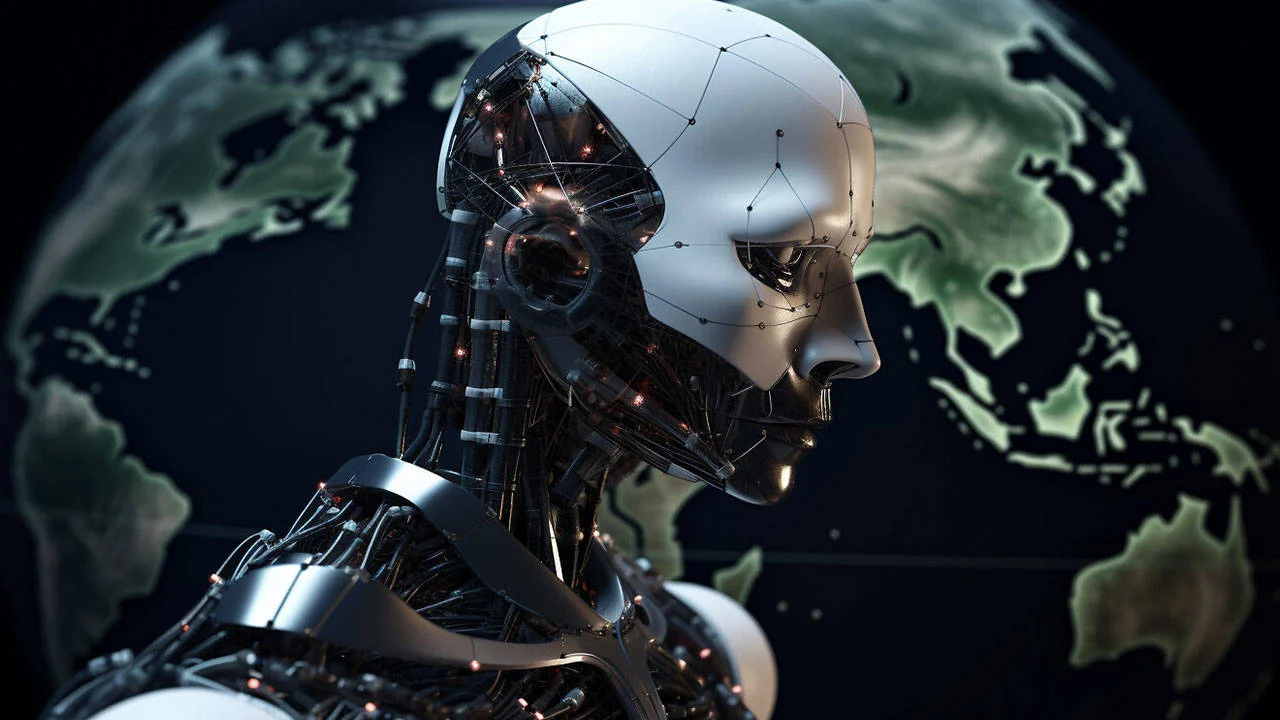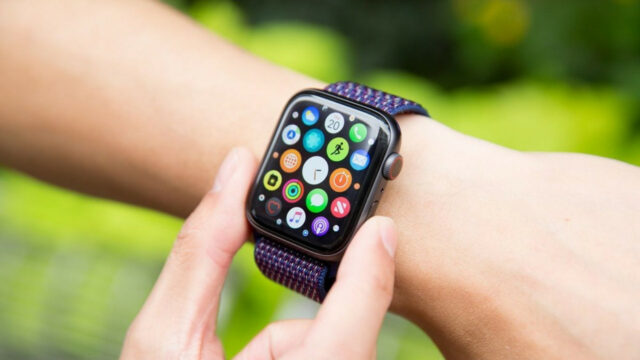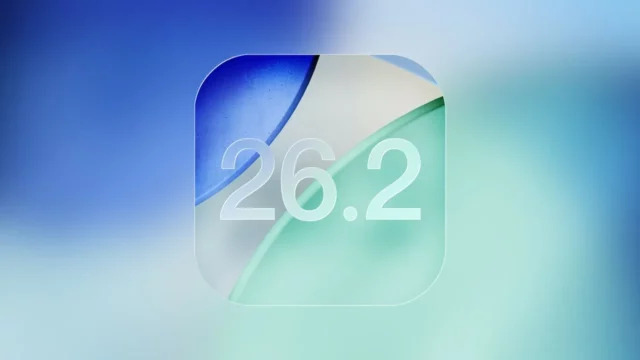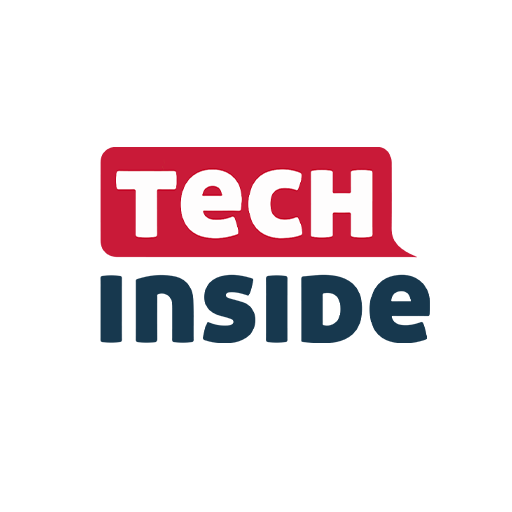A historical threshold has been crossed in the world of artificial intelligence. The GPT-4.5 model developed by OpenAI has successfully passed the Turing Test for the first time. This development is starting a brand new era in the communication between machines and humans.
What is the Turing Test?
The Turing Test, put forward by Alan Turing in 1950, was developed to measure whether a machine can think like a human. A human evaluator has a written conversation with two participants, one human and the other machine. If the evaluator cannot distinguish which one is the machine, the machine is considered to have passed the test.

What did GPT-4.5 achieve?
In experiments conducted in March 2025, GPT-4.5 was identified as “human” by 73% of the subjects who corresponded with humans. This rate means a higher success rate than real human participants. The model conducted five-minute conversations with the participants and exceeded expectations by giving human-like answers.
In the same test, the LLaMa-3.1 model was perceived as human by 56%. This rate is similar to real people. However, GPT-4o was only 21% and ELIZA was 23% human. This shows that GPT-4.5 stands out by a wide margin.
The success of GPT-4.5 proves that artificial intelligence can now not only provide information, but also have conversations like humans. This development could lead to major transformations in the fields of customer service, education, healthcare, and media. It will now be much more difficult to understand whether the person we are talking to is human.
This situation also brings with it some serious ethical discussions. How will people understand whether the person they are talking to is real or artificial during a conversation? How will malicious uses of such powerful technology be prevented? All of these questions will be discussed more frequently in the coming period.
GPT-4.5 passing the Turing Test was a turning point in the world of artificial intelligence. Now, machines can not only process information, but also think and speak like humans. However, this power also brings great responsibility. It is up to humanity how we will use this technology that will shape the future.














